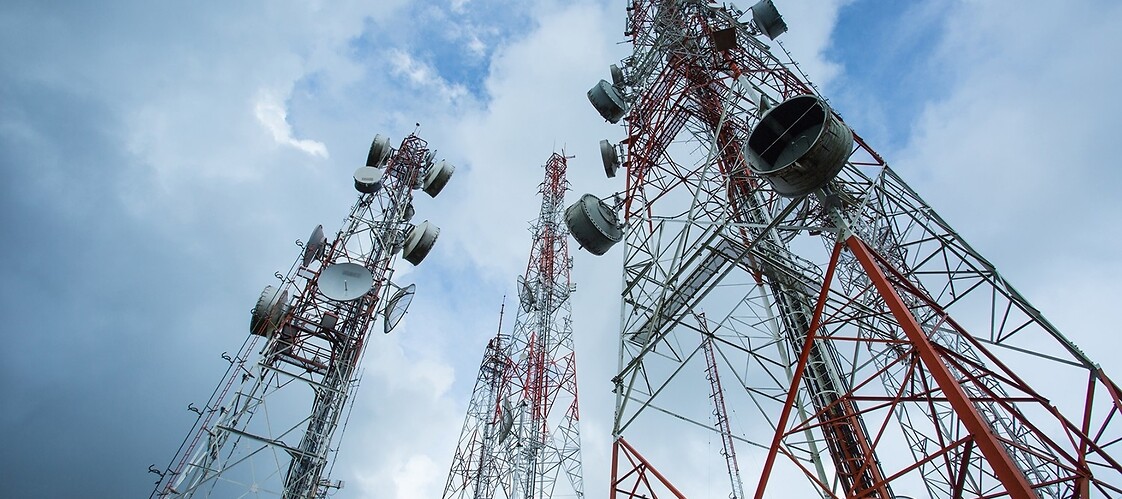
Consultations of 26 GHz band and other millimeter bands
20 July 2020
Update
The deadline for submitting documents has been extended to September 7 2020.
Address: .
Considering the work related to the future support of the 26 GHz band (24.25-27.5 GHz) and other millimeter bands for the needs of 5G, the President of UKE asks the market representatives and all stakeholders, to express their comments and expectations regarding how to use these bands, by answering the questions below.
Please send your responses in the electronic version by July 31, 2020.
- What is the proposed allocation date for the 26 GHz band?
- What are the expected dates of commercial network availability, taking into account the availability of equipment and devices in this band?
- Is provision of services in the 26 GHz band foreseen for fixed or mobile users and by what date would it be desirable to make this band available for broadband applications?
- What services do you envisage to provide in the 26 GHz band, except services related to mobile broadband Internet access?
- Where could the 26 GHz band be used? (e.g. high-capacity geographic areas, cities, rural areas, road and rail routes, industrial centers, businesses, indoor)
- In the case of the deployment of 5G base stations in the 26 GHz band, is it assumed that they will be single stations, cell clusters, or multiple stations covering a specific area (commune, poviat)?
- What is the desired amount of spectral resources that should be allocated to one operator?
- How important is it to allocate contiguous blocks to operators (please indicate minimum block width)? Would it be desirable to aggregate non-adjacent neighbors and aggregate with blocks from other frequency ranges?
- Should small cells in the 26 GHz band be exempt from the obligation to have a radio license?
- Should the 26 GHz band be allocated and used taking into account the shared use with the fixed service?
- Is it justifiable to migrate users of the fixed service from the 26 GHz band? (If so, to which bands?)
- Is it possible to share the 26 GHz band with other users (eg government users)?
- Should the selection procedure for the 26 GHz band be combined with the allocation of other bands as well?
- Should the entire part of the band available to civil users (in the 24.3-27.3 GHz range) be allocated at one time?
- Which model of the allocation and use of the 26 GHz band would be appropriate (selection procedure - frequency reservations, only radio licenses)?
- Should you consider making the band available for devices exempt from the requirement to obtain a radio license? If so, on what terms?
- Do you show any interest in using the 28 GHz band for the needs of the fixed and / or mobile service?
- Is the 28 GHz band the appropriate band for user migration from the 26 GHz band?
- What are the potential application types for the 28 GHz band?
- Do you indicate the need to start work on making other frequency bands available for the purposes of IMT 2020? If so, in what time perspective?






